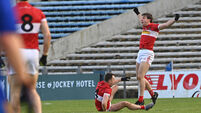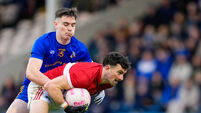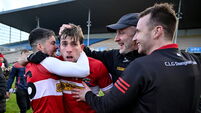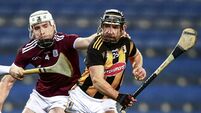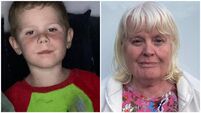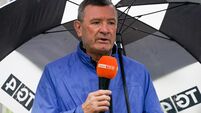Eoin Cadogan's exit signals the end of an era in several respects
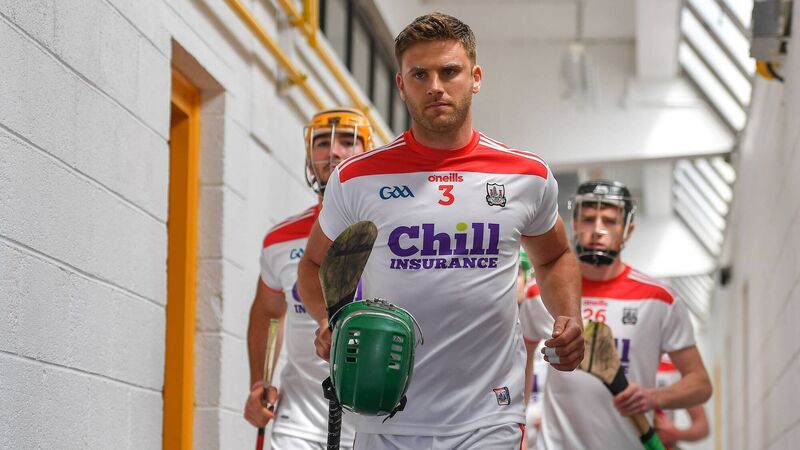
Eoin Cadogan: His retirement means the end of an era - in more ways than one. Picture: Brendan Moran/Sportsfile
The announcement of Eoin Cadogan’s retirement is a watershed moment in Gaelic games.
For the player himself, ending a decade-and-a-half’s worth of commitment to the inter-county scene is a significant milestone, obviously enough. The commitment becomes part of a person’s life, with all activities becoming oriented around a single commitment that controls everything — right up to the moment when it doesn’t control anything any more.




